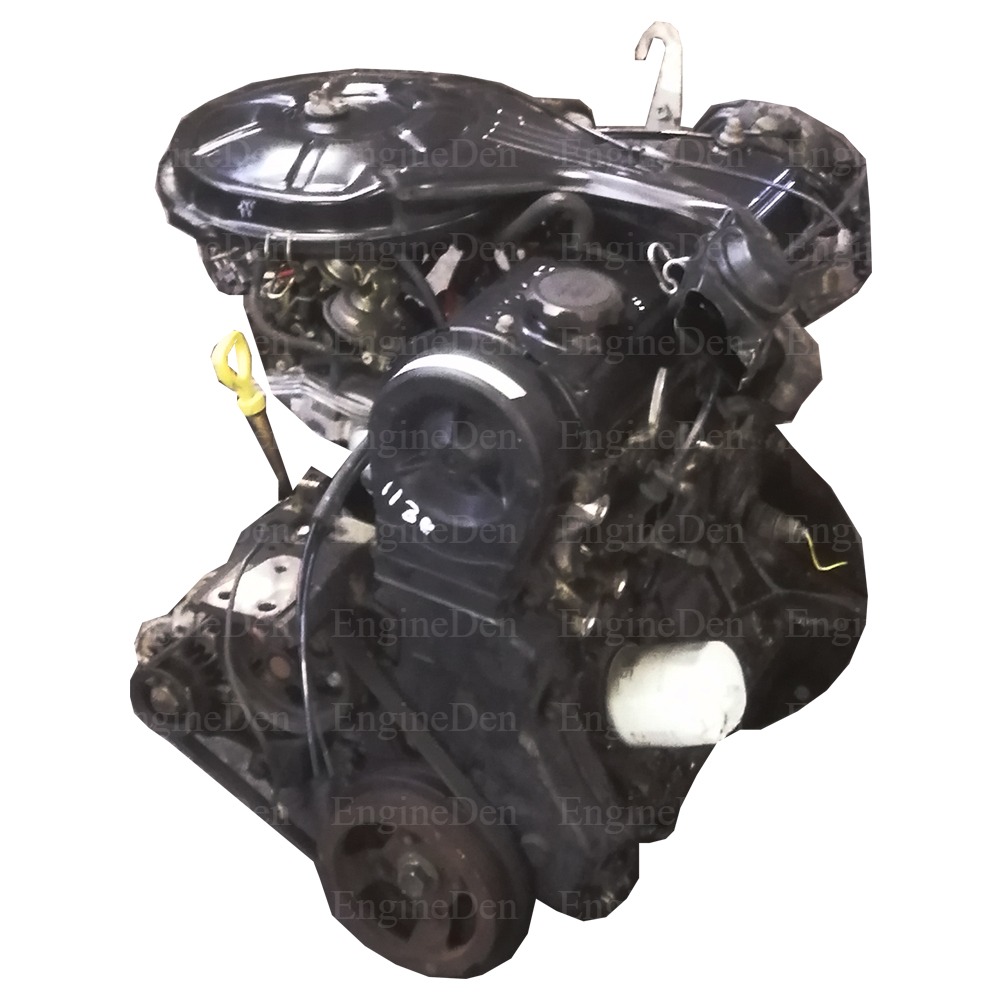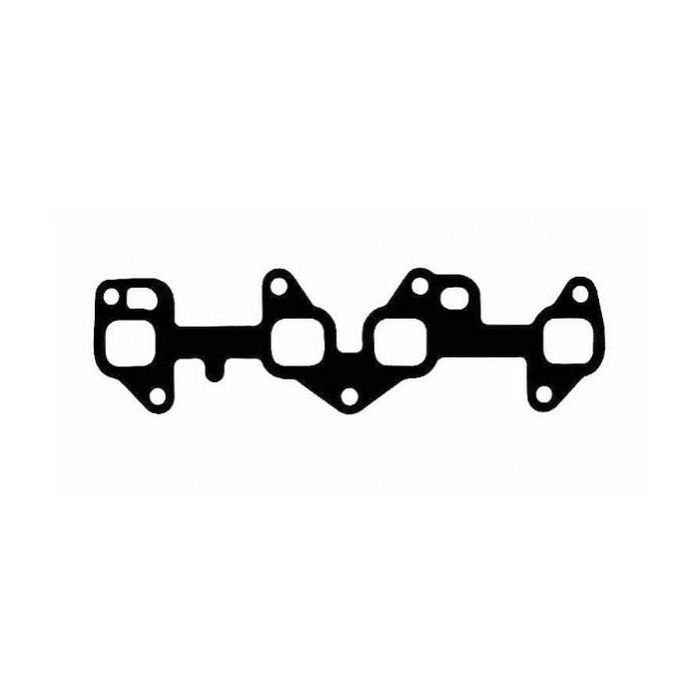Discover the most recent Fads in Engine Innovation Via Tazz
In the quickly advancing landscape of auto innovation, Tazz stands at the center, highlighting substantial improvements in engine systems that prioritize both development and sustainability. From crossbreed engines that optimize fuel performance to the introduction of hydrogen gas cells, the fads shaping modern-day powertrains are not just enhancing performance however additionally dealing with critical ecological challenges.
Hybrid Engine Innovations
Crossbreed engine developments stand for a crucial shift in vehicle innovation, incorporating the benefits of interior combustion engines with electrical propulsion systems. This combination not just improves gas effectiveness however likewise decreases discharges, conference increasingly strict ecological policies. By utilizing both energy sources, hybrid engines can maximize performance, providing power when needed while saving fuel during less requiring motoring conditions.
Current improvements in crossbreed innovation consist of enhancements in battery performance and regenerative stopping systems. These technologies enable better energy recuperation during slowdown, which can be redirected to assist in acceleration or power auxiliary systems. In addition, suppliers are concentrating on compact layouts and lightweight products to maximize the efficiency of hybrid powertrains.
The advancement of plug-in crossbreeds has also increased the marketplace, enabling motorists to bill their vehicles using standard electrical outlets. This function commonly enables considerable all-electric variety, more lowering dependancy on standard fuels. tazz. As the auto sector remains to evolve, hybrid engine modern technologies are expected to play an important duty in bridging the void between traditional cars and totally electric versions, supplying a transitional service that deals with varied consumer requirements and choices
Breakthroughs in Electric Powertrains
The automotive landscape is rapidly evolving, with electrical powertrains becoming a leading pressure in sustainable transport. Breakthroughs in electrical automobile (EV) innovation are considerably enhancing performance, customer, and efficiency experience. Secret innovations consist of improvements in battery chemistry, which have actually raised energy density, reduced charging times, and extended overall battery life.
Solid-state batteries, as an example, guarantee to reinvent the marketplace by offering greater safety and security and performance compared to traditional lithium-ion cells. In addition, improvements in regenerative stopping systems are allowing lorries to recuperate power during deceleration, adding to total efficiency.
In addition to battery technology, electric motor designs are becoming much more sophisticated. Developments such as incorporated motors and progressed thermal administration systems are aiding to optimize power distribution and decrease weight, ultimately improving car characteristics.

Collectively, these breakthroughs underscore the commitment to change in the direction of cleaner, much more efficient transport options, positioning electrical powertrains at the leading edge of automobile development.
The Increase of Hydrogen Fuel Cells
Progressively, hydrogen fuel cells are gaining traction as a viable option to traditional interior burning engines and battery electrical lorries. This innovation uses the chemical power saved in hydrogen, converting it right into electrical energy via an electrochemical response with oxygen. The main by-product of this process is water, making hydrogen find out here fuel cells an environmentally pleasant alternative with zero exhausts at the tailpipe.

Automakers are significantly buying hydrogen fuel cell innovation, recognizing its capacity for long-range applications and fast refueling capabilities that measure up to standard fuels. Additionally, industries such as sturdy transport and public transportation are specifically well-suited for hydrogen gas cells, where battery electrical solutions might fail because of weight and array constraints.
As research study and financial investment continue to expand, hydrogen fuel cells are poised to play a considerable role in the future landscape of tidy transportation and power options.
Enhancements in Internal Burning Engines
Advancements in internal combustion engine (ICE) innovation are changing traditional vehicles to satisfy contemporary ecological standards and efficiency expectations. Direct fuel shot, for circumstances, permits for much better atomization of fuel, leading to even more complete burning and improved power outcome.
Furthermore, turbocharging has obtained prominence, enabling smaller engines to provide greater performance without the weight of larger engines - tazz. This modern technology not only enhances performance yet likewise adds to lower fuel usage. Variable shutoff timing systems are likewise being improved, making it possible for engines to adjust to various driving problems for enhanced torque and responsiveness
Moreover, browse around this web-site using lightweight products in engine building and construction is becoming typical, additional enhancing fuel performance by lowering overall automobile weight. Engine control devices (ECUs) are increasingly innovative, allowing real-time modifications that maximize performance and emissions.
These enhancements collectively signify an essential shift in ICE innovation, aligning with global sustainability objectives while still providing the performance vehicle drivers anticipate from their vehicles. As the sector progresses, these enhancements proceed to form the future of typical auto design.
Future Trends in Engine Efficiency
Considerable advancements in engine performance are anticipated as producers concentrate on integrating advanced technologies to satisfy strict ecological guidelines and consumer needs. The shift towards electrification, hybrid systems, and alternative fuels is reshaping the vehicle landscape, driving developments that improve fuel economic situation and minimize discharges.
Among the key trends is the implementation of advanced products and making methods. High-strength alloys and light-weight compounds add to lowered lorry weight, therefore improving overall effectiveness. Furthermore, the adoption of turbocharging and variable valve timing technologies permits improved power output from smaller engines, further boosting gas economic situation.

Verdict
Developments in crossbreed engine systems, electric powertrains, and hydrogen gas cells show a dedication to lowering exhausts while improving efficiency. Enhancements in inner combustion engines and an emphasis on lightweight products add to overall engine performance.
From hybrid engines that maximize fuel effectiveness to the emergence of hydrogen fuel cells, the patterns forming contemporary powertrains are not just improving performance however also addressing essential ecological challenges.Hybrid engine developments represent a pivotal change in automotive modern technology, combining the benefits of internal combustion engines with electrical propulsion systems.In addition, turbocharging has actually gained prominence, permitting smaller engines to supply greater efficiency without the weight of larger engines. Furthermore, the adoption of turbocharging and variable valve timing technologies enables for improved power output from smaller engines, additionally improving gas economic situation.
Enhancements in internal burning engines and an emphasis on lightweight materials add to overall engine effectiveness.
Comments on “Toyota Tazz: A Practical and Efficient Car for City Driving and Beyond”